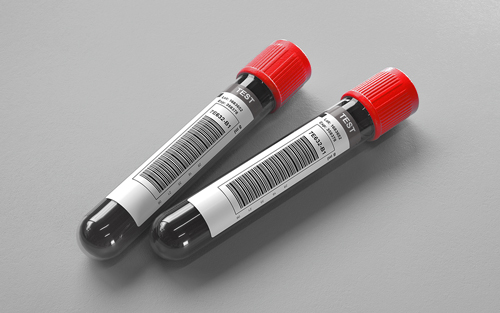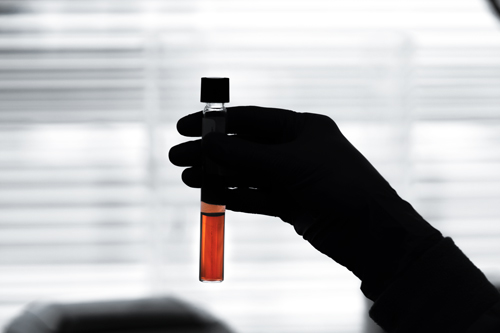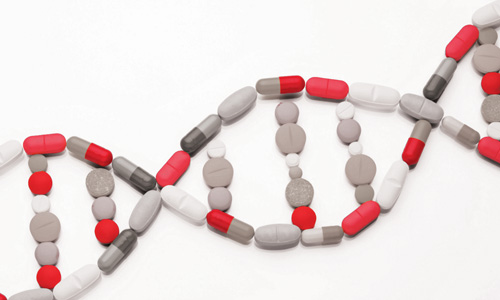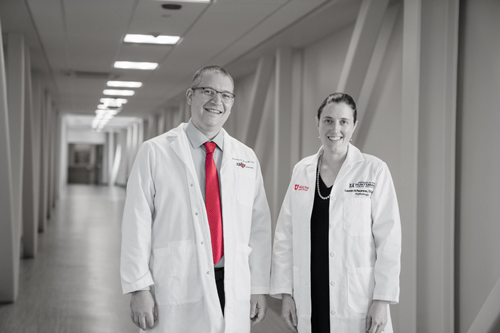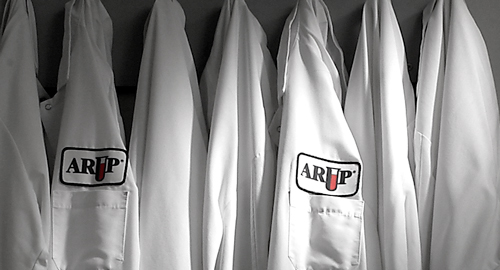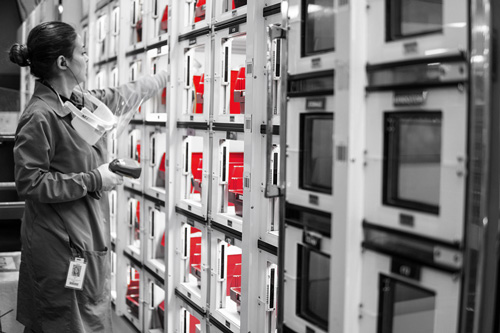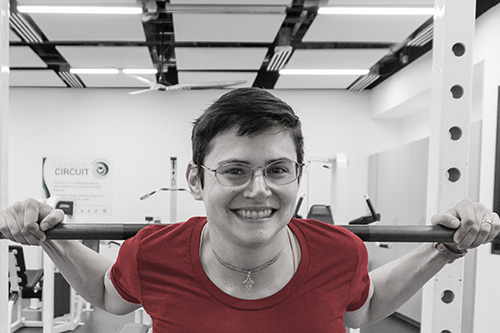DNA Cell Cycle Analysis - Ploidy and S-Phase
Ordering Recommendation
May aid in evaluating the prognosis of malignancy in a variety of tumor specimen types. For cell cycle and DNA ploidy studies in products of conception specimens, refer to Products of Conception, Ploidy by Flow Cytometry (2006178).
New York DOH Approval Status
Specimen Required
Tumor tissue. Peripheral blood in lavender (EDTA, pink (K2EDTA), or green (sodium or lithium heparin). Bone marrow in green (sodium or lithium heparin).
Tissue: Paraffin-embedded tissue block enriched with tumor
OR Peripheral Blood: Transport 5 mL (Min: 1 mL) with Wright's stained slide OR Bone marrow: Transport 2 mL (Min: 1 mL) with Wright's stained slide.
New York State Clients: Formalin-fixed, paraffin-embedded tissue.
Tissue (paraffin embedded), peripheral blood with Wright's stained slide, or bone marrow with Wright's stained slide: Refrigerated or room temperature.
Products of conception. No tumor tissue remaining on block. Specimens fixed in Bouin's solution (picric acid), mercuric chloride containing fixatives (e.g., B5, Zenker's solution) or ethanol-based fixatives containing ethylene glycol, acetic acid, or zinc chloride. Clotted or hemolyzed whole blood or bone marrow. Decalcified specimens.
Provide the clinical information (pathology report) and specimen source.
If multiple specimens (blocks or slides) are sent to ARUP, they must be accompanied by one of the following: an order comment indicating that the ARUP pathologist should choose the specimen most appropriate for testing (e.g., "Choose best block"), or individual orders for each sample submitted. A Pathologist Block Selection Fee (ARUP test code 3002076) will be added to orders that utilize the first option. If multiple specimens are sent to ARUP without a request for pathologist block/slide selection or individual orders, they will be held until clarification is provided.
Tissue (paraffin embedded): Ambient: Indefinitely; Refrigerated: Indefinitely; Frozen: Unacceptable
Peripheral blood with Wright's stained slide or bone marrow with Wright's stained slide: Ambient: 48 hours; Refrigerated: 48 hours; Frozen: Unacceptable
Methodology
Quantitative Flow Cytometry
Performed
Tue, Thu
Reported
3-9 days
Reference Interval
Report components include: DNA content, S-phase percent , and copy of histogram.
Interpretive Data
The diagnostic and prognostic importance of tumor DNA content depends on the tumor type and source of tissue. Interpretative information, if available for the tumor type, is included with the DNA histogram.
Laboratory Developed Test (LDT)
Note
This test is suitable for all tumor tissue specimens (including prostate, colon, and breast) except products of conception. For products of conception testing, please refer to Products of Conception, Ploidy by Flow Cytometry (ARUP test code 2006178).
A thin section of each tissue submitted is stained with H&E to verify the presence of tumor. The DNA content of each tumor is classified as diploid, near-diploid, tetraploid, aneuploid, hypertetraploid, or hypodiploid. The DNA index is the ratio of tumor G0-G1 cells to normal G0-G1 cells.
The tumor-specific S-phase is used when possible. An average histogram S-phase is used for diploid, near-diploid, and hypodiploid tumors where the tumor and host S-phases cannot be separated. An average histogram S-phase is also used when the percentage of aneuploid cells in the histogram is low (less than 25 percent).
Hotline History
CPT Codes
88182
Components
| Component Test Code* | Component Chart Name | LOINC |
|---|---|---|
| 0095737 | Source: | 31208-2 |
| 0095739 | DNA Analysis - Ploidy and S-Phase | 30911-2 |
| 0095814 | DNA Analysis S-Phase Percent | 41294-0 |
| 2008897 | DNA Analysis - Index. | 30912-0 |
| 2010871 | EER DNA, Ploidy and S-Phase | 11526-1 |
Aliases
- DNA Ploidy miscellaneous
